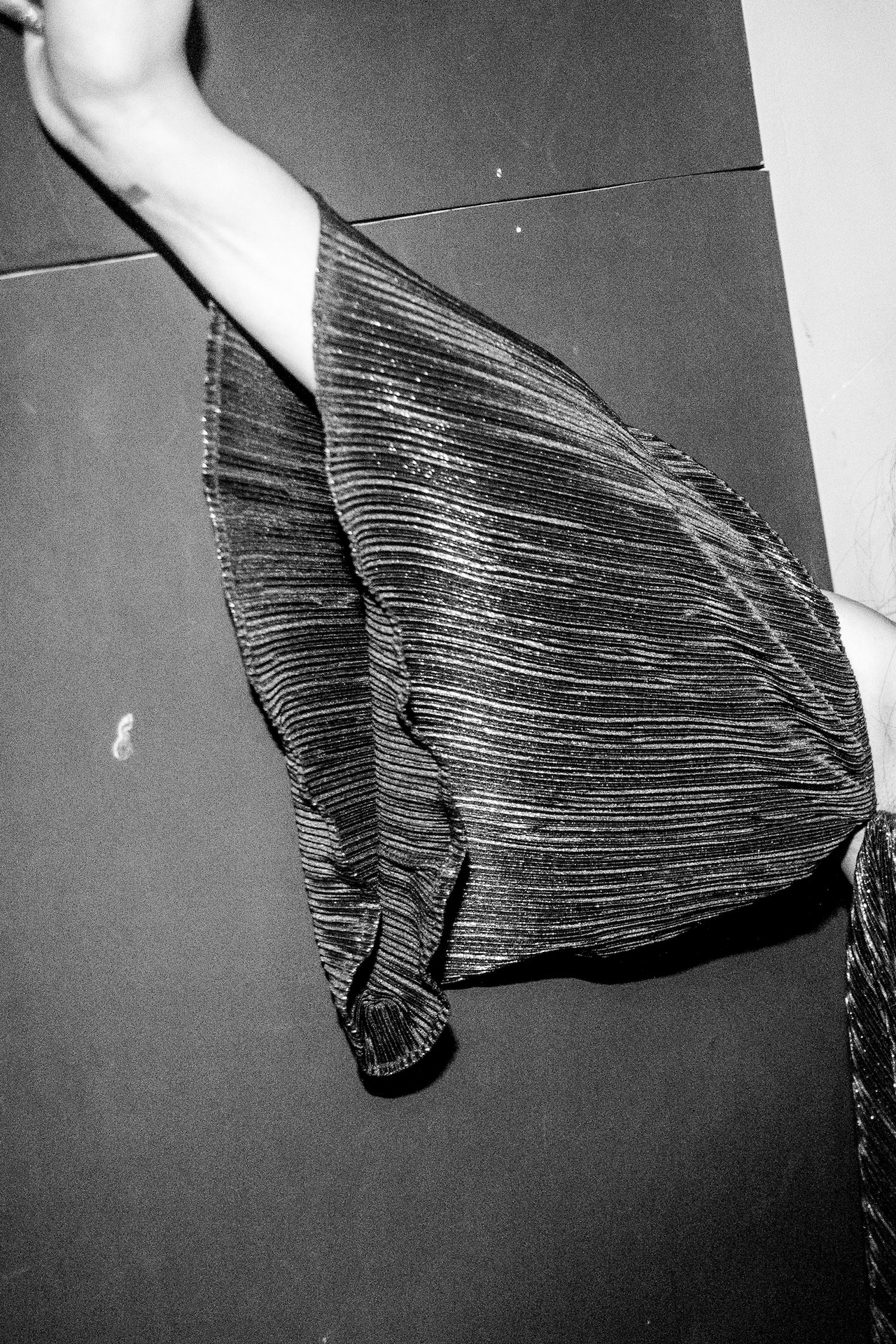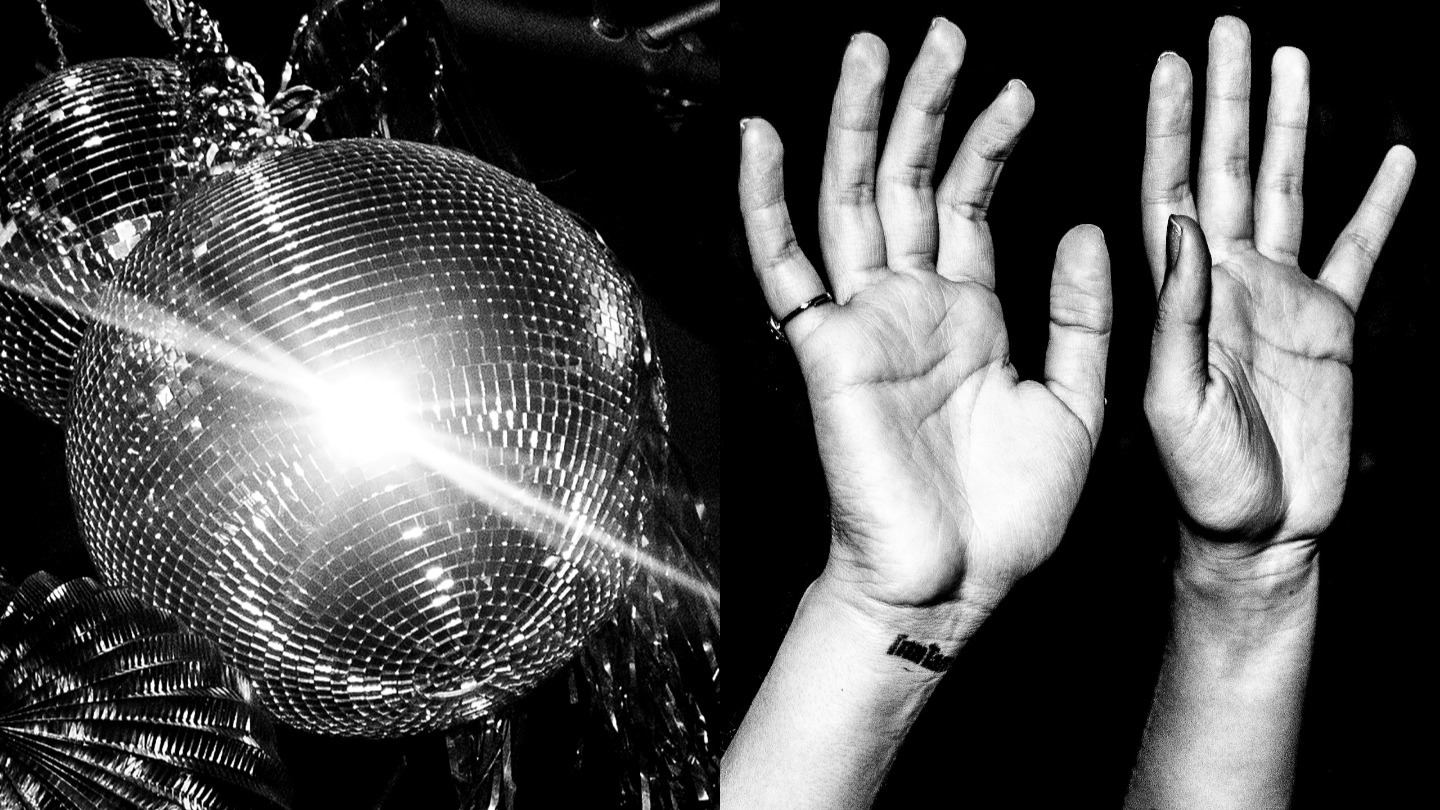At just 21 years old Lionel Kiernan is the youngest photographer, and only Australian, to be shortlisted for this year’s MACK First Book Award. His nominated work At Night is a series of abstract black and white photographs documenting obscure details from within nightclubs. From his countless weekend ventures to various venues, At Night captures recurring themes of sex, expression and freedom. Lionel believes these themes are often suppressed by day-to-day life, but within the walls of nightclubs they become a norm. The series draws you into a scene that goes beyond the typical commercial club photography and into the mysterious mechanics of a night out. We talked to Lionel about his unique style of photography, the best and worst things about clubs, and they create community.
What aspect of clubs are you particularly drawn too?
The nightlife scene opens up new levels of social interactions, often involving quite appealing themes of intoxication, sexual interaction and a sense of freedom. These themes played a part in my initial desire to be involved in clubs. Over time the desire to pursue these themes faded and a different sense of belonging started to form. The body of work is made within the mechanics of club life. It illustrates the aspirations, desires and drama otherwise unseen. At Night is a recording of what people see with the naked eye in those constantly repetitive environments.
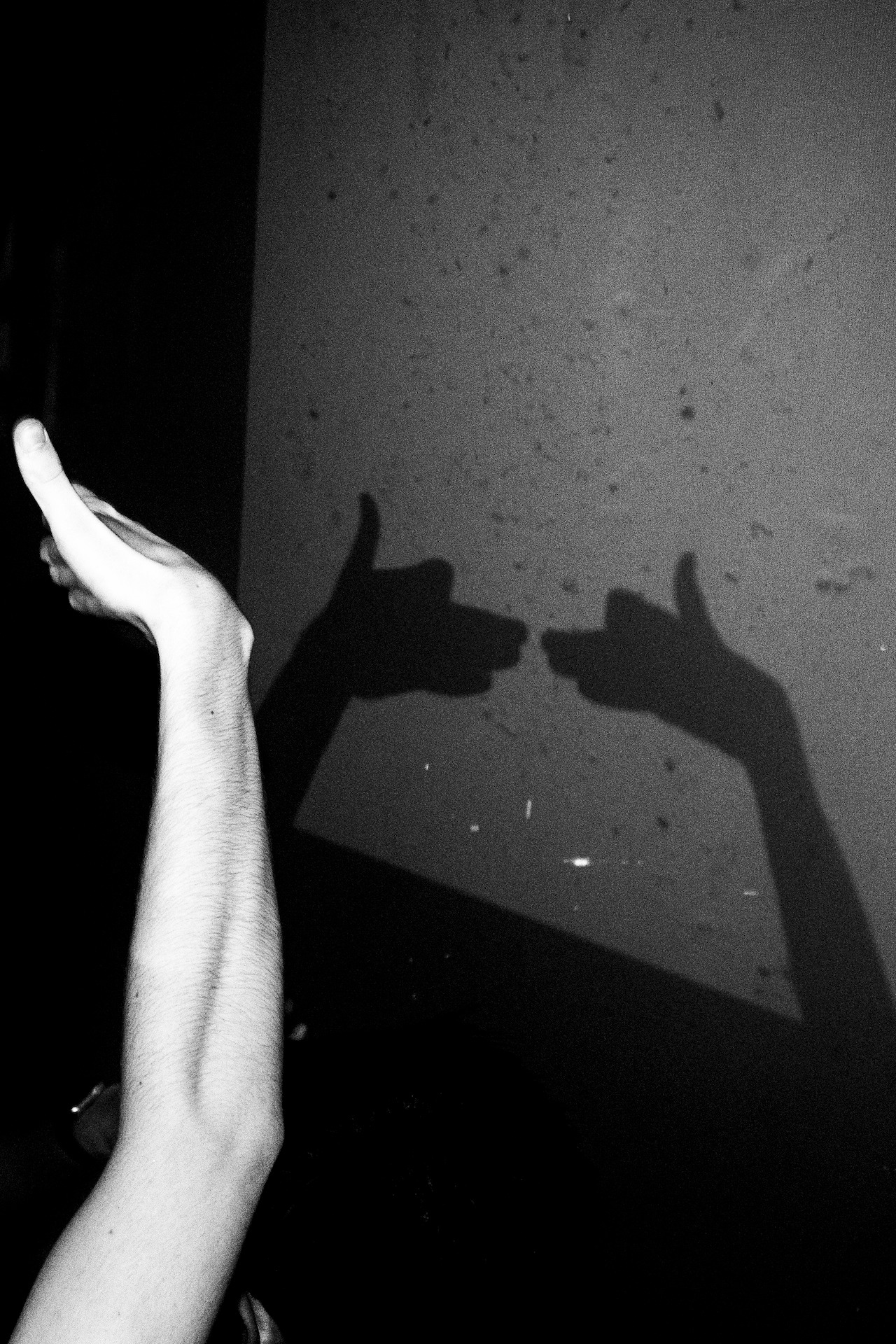
What do you capture in people at clubs that you don’t see anywhere else?
I wanted to document people in a raw, intimate way. Through what I have observed, walls get stripped back and a different type of human nature gets exposed. Recurring themes of sex, violence, expression, power and freedom. I feel that in everyday society it is rare to see those characteristics, and it’s the norm to suppress those primal instincts, especially in public. Whenever we see violence in the street, or people getting sexual in public, it often attracts onlookers. But at night within the walls of the nightclubs and bars, those themes become the norm, whether people are consciously aware of it or not.
Was shooting At Night a long process?
From the age of 18 through to 21, I didn’t miss a single weekend out. It was very much a part of my lifestyle and I often had my camera with me (working or not).
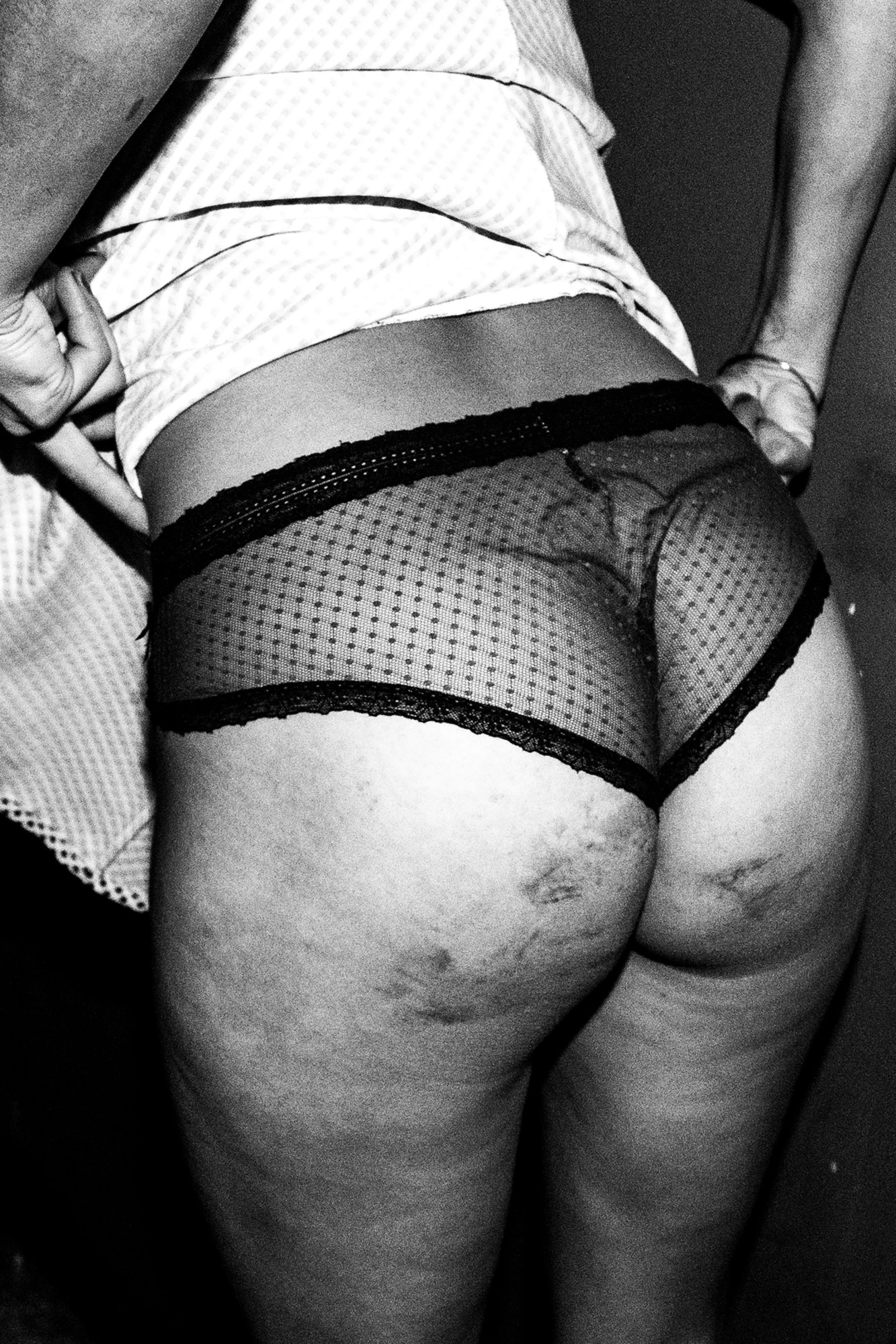
The crops are quite abstract, what are you trying to convey with that?
I avoided having too much imagery portraying facial emotions, because that is what the majority of people would firstly associate with nightclubs. I wanted the series to encapsulate more than just the people, I wanted to portray the location and environment.

Do you approach your subjects before you photograph?
Yes, almost always. I did some commercial jobs for clubs, which was to take photographs for their social media accounts. Some of the photographs in At Night were extracted from the commercial images I had taken. I spent hours post-processing, going over images from each night and finding other images within an image.
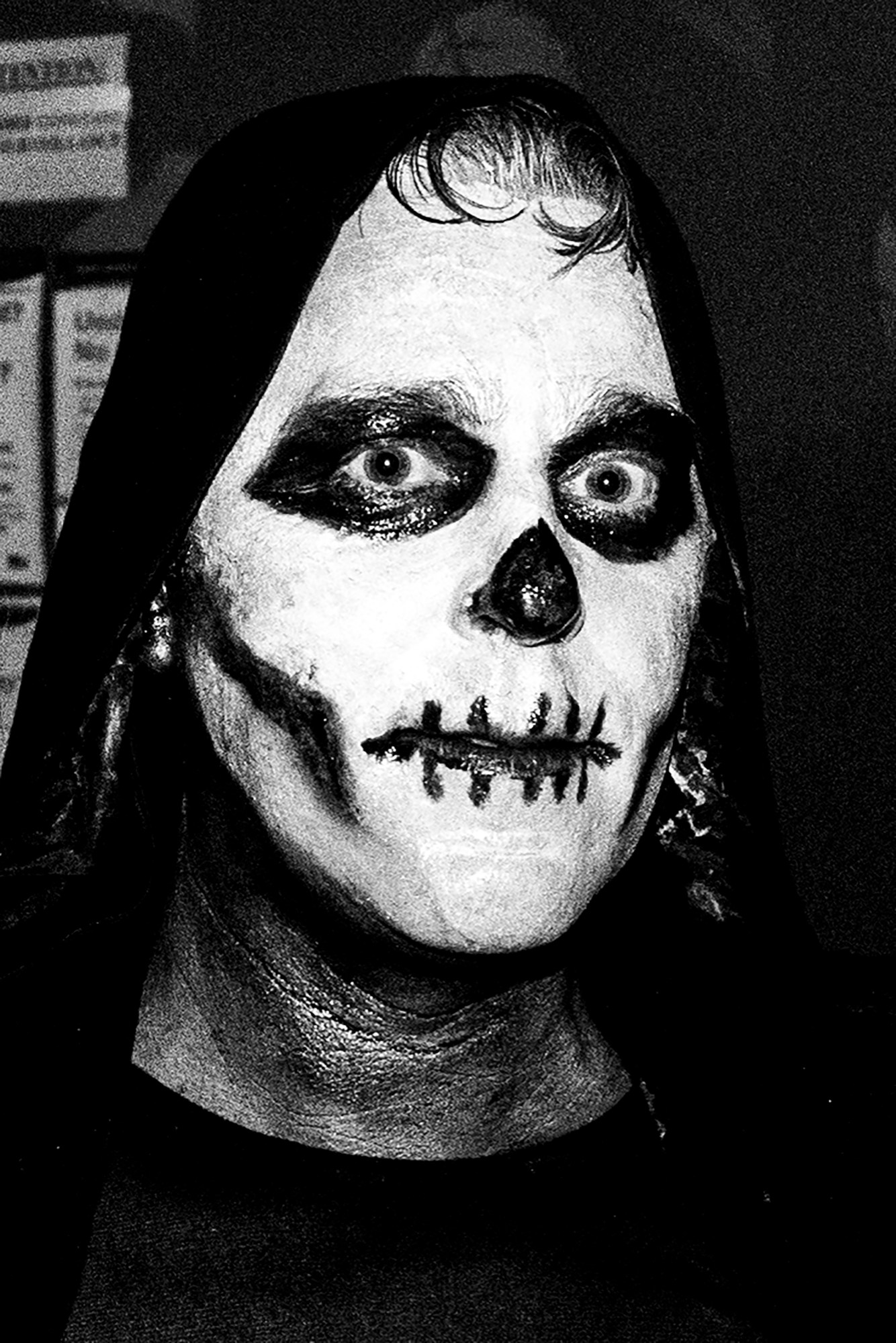
Nightlife photography, like the kind that clubs put on social media, is really common. How did you ensure your work was different to that commercial aesthetic?
I knew and understood the message I was trying to convey with my series. I developed a keen eye for the subtle difference in people’s behaviours and outfits. This lead to the body of work being different from the standard commercial aesthetic.
